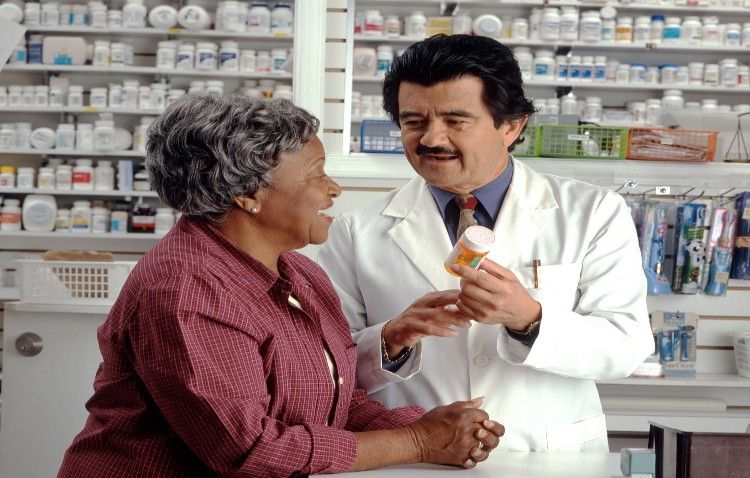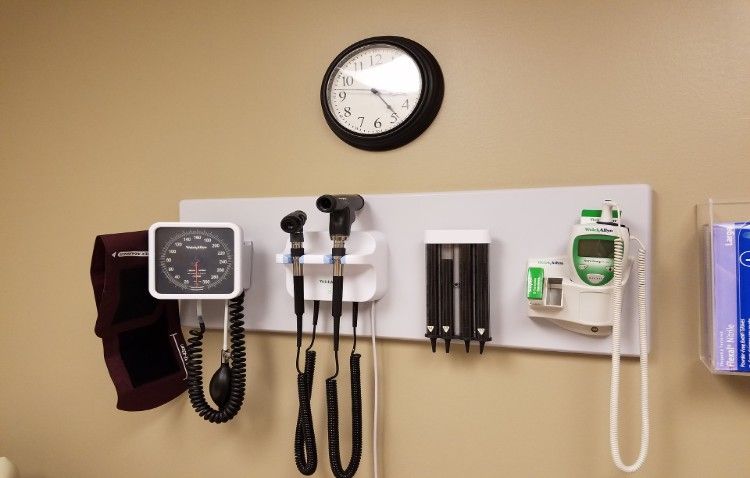Are Your Patient Relationships Affected By These Two Factors?
Relationships can help to create pleasure for everyone. Within a healthcare relationship, interactions between patients and physicians become more than just pleasure, they become an integral part of practicing quality medicine, by helping to motivate and engage patients.
Patient motivation
Several years ago, I heard Dr. Paul Grundy, the former Medical Director of International Business Machines, Corp. (IBM), tell a story about a fellow IBM employee, Jane, who was forced to see a different doctor because hers was not approved by their company’s insurance.
Jane was extremely disappointed because she had been seeing her previous doctor for quite some time and had already established a meaningful relationship with him. He knew her medical history, lifestyle and most importantly, they mutually trusted one another.
After several regular visits to her new doctor, Jane was not convinced that he was trying to get to know her or her needs. She couldn’t trust him and was not motivated to turn for her follow-up visits as a result.
Jane decided to monitor her own health conditions, diabetes being one of them, and promised herself she would only see her new doctor only if something went severely wrong. Over the course of three years, the Jane’s diabetes gradually worsened to the point where she needed on-going medical care. Her diabetes complications required countless labs, testing and more. In the end, IBM was charged $1M in medical expenses.
This is just one example, of countless others, substantiating that an on-going and consistent relationship between patients and physicians can prevent controllable health conditions, like Jane’s diabetes, from potentially worsening into life-threatening illnesses. In order for this to be successful, physicians must motivate their patients to continue their care by scheduling routine appointments and engage them in decision-making.
Patient engagement
Patients are pleased when they know that their doctors are putting their medical needs first. Moreover, when patients are given the opportunity to become active participants in their care process, they will immediately embrace it.
In late 2011, the California Healthcare Foundation conducted a study about Californian’s attitudes and experiences with death and dying. One finding was that almost 80% of Californians would like to talk to a doctor about end-of-life care, but only 7% had a doctor whom they could engage in conversation about it.
End-of-life care is a sensitive area of medicine in which to involve patients and their families. However, engaging the patient every step of the way with this type of care, as well as all others, has proven to be a great source of motivation. In sharing ownership of their own health and well-being, patients are more likely to manage their health closely and thus, have better health outcomes.
Due to time constraints and the pressures that physicians face in primary care medicine today, patients have often been the recipients of mediocre care by their primary care doctor. However, if we can focus on building relationships with our patients, listening to them and understanding their needs, we have the chance to provide the quality care that they deserve. Just think what a revolution this could make in primary care medicine!






